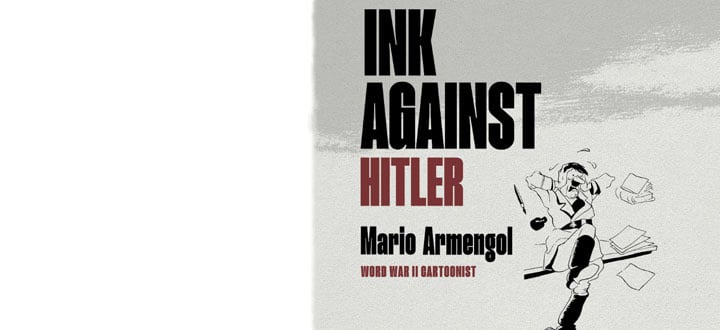Post-war and Avant-garde art
Post-war and Avant-garde art
The Museu Nacional is to open two new rooms that will prolong the period it covers until well into the 1960s. While we await the future enlargement of the museum, these rooms will be a prefiguration of the display of art from the years following the Civil War and they will function as a flexible, experimental exhibition within the permanent collection.
The historical reconstruction of the long post-war period is still in progress and the canon, under discussion. In those years, art in Catalonia went from resistance and isolation to critical response and normalization within the international context.
The works that constitute the museum’s collection of post-war art will be presented here, with the regular incorporation of new admissions. Guidelines and interpretations of the period will also be tested. To do this we shall have works loaned by other museums like the MACBA and by private individuals. The section is envisaged in a flexible manner, with an annual renewal and one-off interventions to reinforce and enrich the proposals.
For this first display a synthetic account will be given, based on key milestones, of the art that dates from the recovery of the avant-garde in the 1940s to the appearance of Informalism. Joan Miró’s role as a point of reference is highlighted, as is the spirit of resistance of the avant-garde that he protects. The value is pointed out of figures forming a link with modernity with a French-influenced and lyrical spirit, like Ramon Rogent. The impact of Dau al Set is included and the transition towards informalist abstraction is marked, understood not in terms of a contrasting rivalry between figuration and abstraction, but organically and fluidly between both artistic options. Tàpies is the key figure, but essential figures from the peripheral margins, like Manuel Duque, also stand out.
- Curator: Àlex Mitrani, Doctor of Art History















